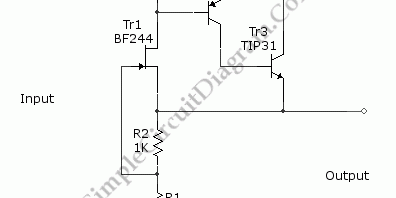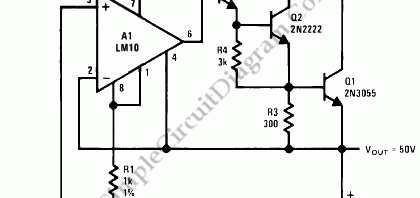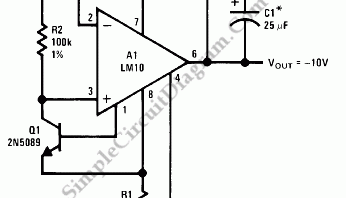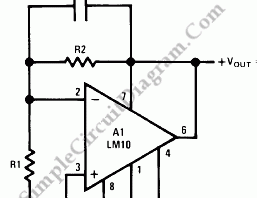5V FET Voltage Regulator and How It Works

Using a FET and two additional transistors (cascaded to improve the gain), a 5V FET voltage regulator can be formed. The additional Tr2 and Tr3 transistors will improve the output current handling and decrease the output impedance. The output voltage deviate only 0.1V for load current change as high as 60 mA which is caused by load resistance changes that […]
Read more

